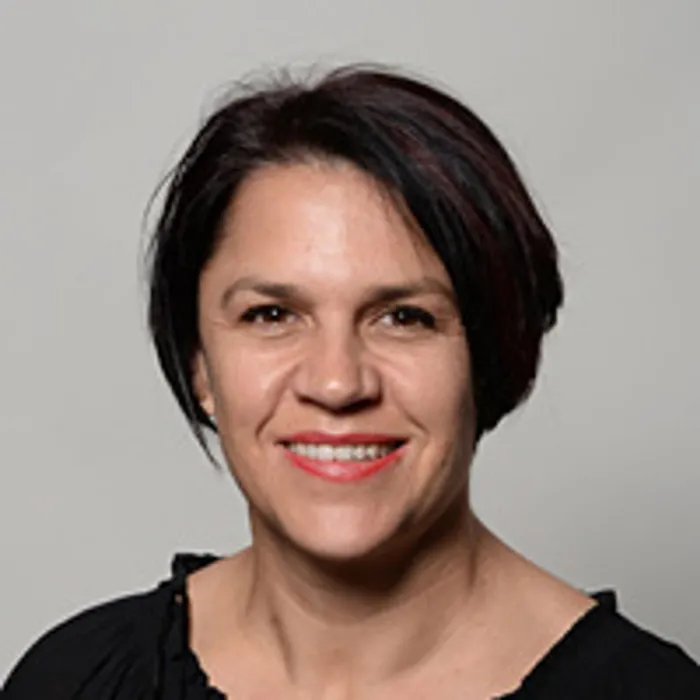Residents raise concerns in spatial hearings

DA councillor Ronel Viljoen led questions during the northern district’s leg of hearings for the City’s spatial planning programme.
The City of Cape Town has allayed fears that parks and recreational spaces could be transformed into high-density residential units in the northern suburbs.
On Wednesday May 5, the City held a virtual public-participation hearing on spatial planning for the northern district.
The meeting is one in a series to discuss the eight approved district plans that will help shape the draft District Spatial Development Frameworks (DSDF) and Environmental Management Frameworks (EMF) for the city’s districts.
The hearings for other districts will continue until Monday June 6.
Representing Sub-council 6, DA proportional representation councillor Ronel Viljoen said communities were concerned about parks and open spaces being possibly turned into high-density residential areas.
Sub-council 6 covers the greater Bellville area, bordering on the R300 in the eastern part of Kuils River, the Stellenbosch Arterial to the south, Goodwood to the west and the N1 to the north.
The meeting was also made up of residents from across the northern district.
Ms Viljoen’s comment was echoed by Protea Valley resident Kevin Stasch.
A City official said there were no proposals to use large parks for housing.
Ms Viljoen said there were many housing developments happening in the Fisantekraal area, but not enough jobs were being created with them for the area’s youth.
City officials said job creation was not in the remit of the DSDF, but they noted her concern nonetheless.
Kraaifontein resident Frans de Jongh wanted to know when the Lucullus Road in Joostenbergvlaakte and a railway bridge at Amadeus Road, near Buh Rein, were going to be built, but the officials said they could not say exactly when that would happen as they were waiting on further phases of other developments in the area.
A 2019 report, “Draft Northern District Baseline and Analysis Report: State of the Environment and Population”, compiled the City’s urban planning and design department, was circulated virtually by officials before the online meeting.
The report suggests rivers in the northern district have been degraded due to pollution.
Alien invasive vegetation is particularly bad in the Diep and Mosselbank rivers. The latter has its source in Kraaifontein.
The report says the northern district’s population numbered 424 945 residents in 2018.
“Within the northern district’s urban footprint, the population is more clustered in the south-eastern portion (south of the N1 freeway) of the district and in the south of Voortrekker Road in suburbs such as Bloekombos, Wallacedene and Scottsdene, where larger infill development has occurred and further development is in the pipeline in Maroela north and south projects,” the report says.
In contrast, there are fewer people in Eikendal, Belmont Park and Northpine.
The report says the Joostenbergvlakte cultural landscape, and eight other cultural landscapes in the northern district, have been negatively affected by urban sprawl and “inappropriate development”.
The consequence is a loss of a heritage feel and weakened agriculture, the report says.
The report says the R304, which borders Kraaifontein, and the N1 freeway are scenic routes which should inform development proposed along their edges.